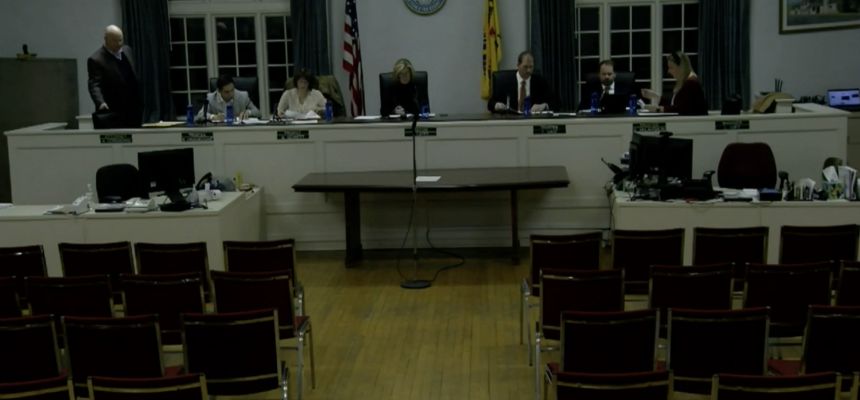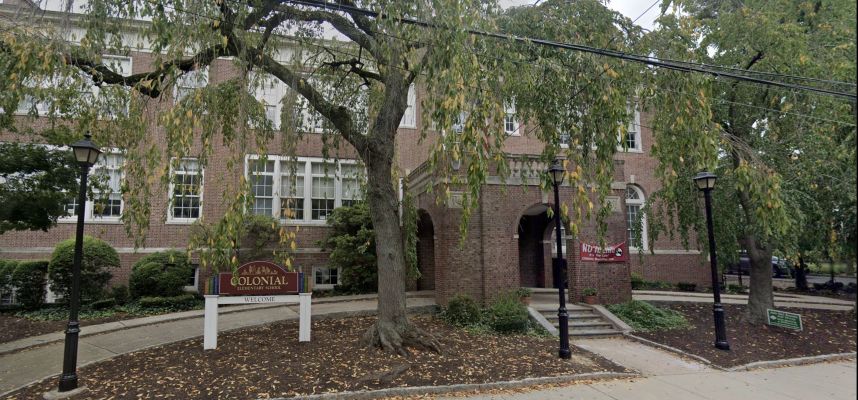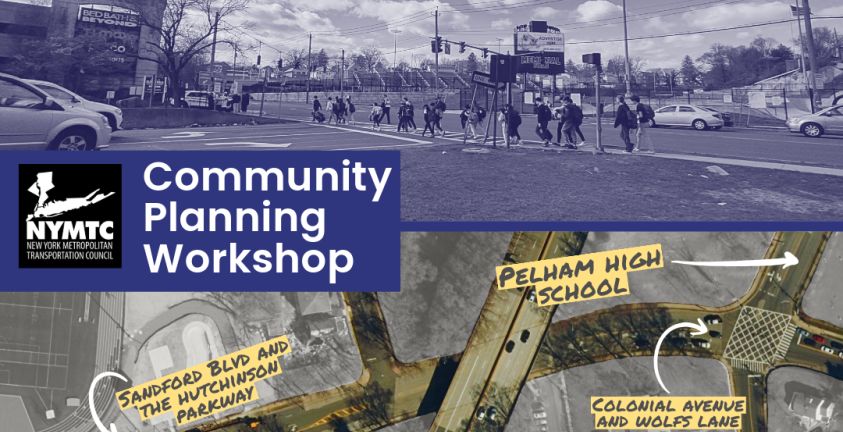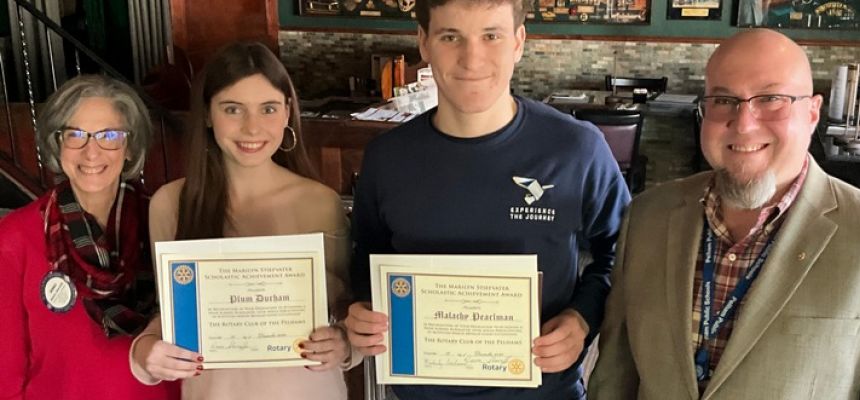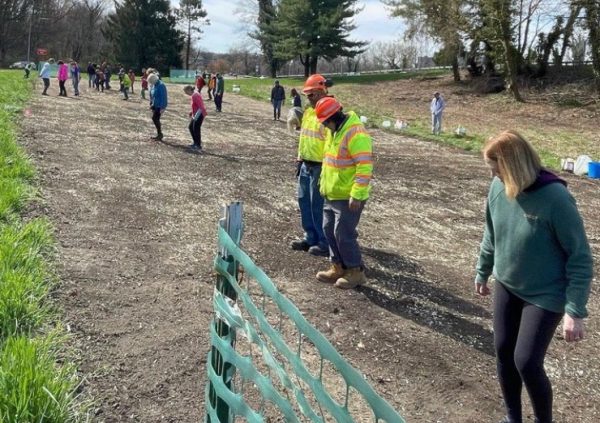
EcoPel marshalled a team of 40 volunteers to plant a pollinator meadow off exit 4 on the Hutchinson River Parkway, replacing turf grass on the vacant lot. The environmental group worked with the New York State Department of Transportation (NYSDOT) and Mario Bulfamante & Sons Landscaping.
“People are looking for ways to take action to mitigate the effects of climate change and to improve our environment,” said Tai Montarella, lead coordinator for the meadow. “Large-scale native plantings in meadows, or planting in ways that mimic the layers of forest systems using canopy trees, understory shrubs and herbaceous flowers and native grasses, is a sensible and effective way to make a difference. I think that people are becoming increasingly aware of the benefits and are beginning to take notice.”
The initiative began over a year ago when EcoPel took interest NYSDOT’s adopt-a-highway program and the New York City Parks Greenbelt Native Plant Center Seed Increase Program. EcoPel sowed a quarter of an acre of donated native seeds with the help of volunteers from groups including Pelham Healthy Yards, the Girl Scouts and the NYSDOT Residency 8-9 maintenance crew.
“The greatest impact of the meadow has been building community amongst neighbors in Pelham and afar who have come out to volunteer, who want to learn more about native plants and how they can grow them,” said Montanarella. “People stop at the red light as they exit the highway and they look and appreciate what is happening.”
In addition to supporting pollinator populations, the meadow provides habitats for birds, insects and small mammals, manages stormwater, sequesters carbon and beautifies the lot. Unlike turf grass, the native plantings have several environmental benefits in the spring and summer seasons and do not require maintenance by workers and gas-powered machines.
“I’ve enjoyed living and running in Pelham for more than two decades,” said Montanarella. “Over time, I’ve observed the loss of old-growth canopy trees, an increase in turfgrass and ornamental, non-native shrub trees and annual flowers used across public green spaces, school properties and private homes. These replacements have altered the natural sense of place that I enjoy most about Pelham, but also concern me because they do not provide the food, shelter or spaces to reproduce that birds, insects and small mammals who live here too need to survive.”
In terms of appearance, Montanarella acknowledged that it may take a year for the plants to fully adapt, but she expects the plants will be in full bloom by next year. She hopes the meadow will become an inspiration for the community to embark on its own native planting initiatives.
“I’m hopeful that our tidy landscapes that once represented care will open themselves up again to support this abundant beauty with native plants and pollinators that support ecosystem function,” said Montanarella.



